How Lumbar Problems Can Lead to Hamstring Issues
Commonly referred to as the hamstring in the singular, medically speaking this term refers to three different tendons or elasticized muscle tissues that connect the muscles of the rear side of the upper half of the lower extremity as well as referring to the muscles themselves between the upper space above the knee to the hip extensions. Although the lower back is not directly connected to the hamstrings, medical experts have published a number of scientific breakthroughs that show a direct linkage between the health of the lumbar spine to hamstring pain.
A common form of lower back degeneration is known as sciatica, a condition that can be directly correlated to a prolapse of one of the spinal discs or due to general degeneration of the lower back muscles and related pathologies. Primarily associated with radiating pain originating in the lower back that spreads outwards through the buttocks and calves, sciatica can also be implicated in hamstring pain as well. Medically speaking, there is a special nerve located at the L5 area of the spine that connects via a number of pathways to transmit discomfort onwards that can result in hamstring strain. Even though the hamstring muscle is not directly damaged due to an L5 spinal wound, it is possible for the sensation of pain to travel downwards from the lower back to be received by the hamstring muscle group.
The primary target of research in this emerging field of medicine is with athletes. Sports medicine experts have consistently documented that older individuals who participate in sporting activities can develop a number of strains, including a hamstring strain. Over time, it appears that elderly sportsmen demonstrate a statistically higher risk of developing a predisposition for incurring damage to their hamstring muscle group as a result of degeneration and/or damage to the lower back area. It is significant that a confirmed diagnosis of spinal disc degeneration between L4 and L5 or between L5 and S1 has shown to transmit nerve damage and accompanying discomfort further on down to the hamstring muscle group while areas of degeneration and/or damage to higher segments of the spinal cord do not demonstrate the same correlation.
Concomitant analyses of deceased individuals through the process of autopsies have clearly shown that hypertrophy of the lower back spinal ligaments corresponds positively to a hamstring injury as well. As an academic inquiry into this field is continuing to be conducted, sports medicine experts warn that much more research is needed before demonstrating such a correlation definitively can be executed with living individuals suffering from a hamstring injury simultaneous with lumbar back degeneration.
Currently, a hamstring injury directly related to degeneration and/or damage to the lumbar back is predominantly diagnosed by the collective weight of a group of different symptoms. Any individuals who experience the discomfort of a chronic hamstring injury and/or discomfort in the calves of the lower extremities in combination with demonstrated lumbar spine degeneration along with regular reports of feeling like the muscle groups in the lower extremities feel tight or inflexible may show a positive correlation between the two types of injuries. When sportsmen present to medical personnel with positive symptoms of tightness in the hamstring but fail to show any demonstrable deterioration of the muscle group after undergoing a magnetic resonance imaging scan are most likely experiencing minor nerve impingement being transmitted downwards from the vertebral canal. An MRI scan which identifies degeneration of the lumbosacral ligaments in combination with hamstring discomfort is often considered as conclusive proof of this nerve damage impingement correlation.
Treating nerve damage impingement to the hamstrings from lumbar spinal problems first must rule out a direct injury to the muscle groups of the lower extremities. In the case of no identifiable damage or degeneration to the hamstrings themselves but with a positive identification of lumbosacral difficulties, the current best practices treatment is the prescription of an anti-inflammatory medication. This procedure does not work directly on the nerve cell clusters themselves but instead works to consolidate soft tissue volume and thus indirectly allow the less overall mass to reduce nerve impingement. In addition to the use of anti-inflammatory medications, a more targeted approach is to inject cortisone directly to the affected area but this choice is often less ideal because it requires very precise guidance to direct the injection and is classified as a semi-invasive procedure.
On the strength of the fact that anti-inflammatory medications simultaneously retard healing and the eradication of scars, the prescription of these compounds for a standard injury to the hamstrings is not generally recommended. Instead, a series of targeted physiotherapeutic techniques such as stretching can help minimize the transmission of nerve impingement shows better promise for direct injuries to the hamstrings. Only with a confirmed imaging scan showing no direct evidence of direct injury or degeneration to the hamstrings in combination with a diagnosis or known case of lumbosacral degeneration should medical personnel consider a therapeutic course of anti-inflammatory medications to reduce discomfort in the hamstrings resulting from relayed from nerve impingement elsewhere in the body.



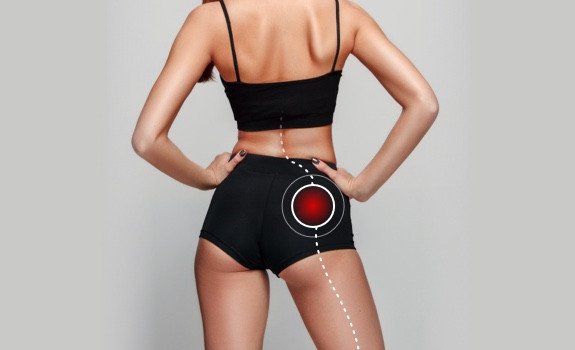
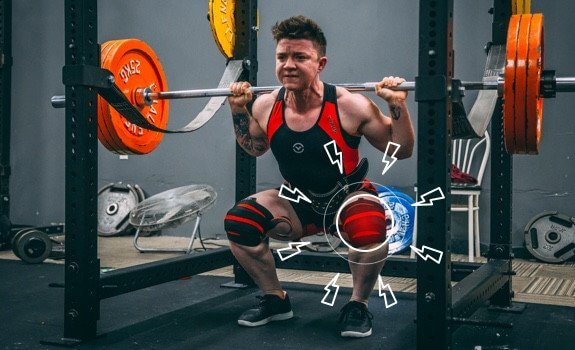
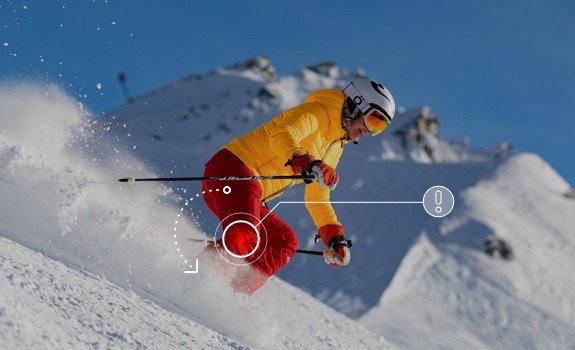
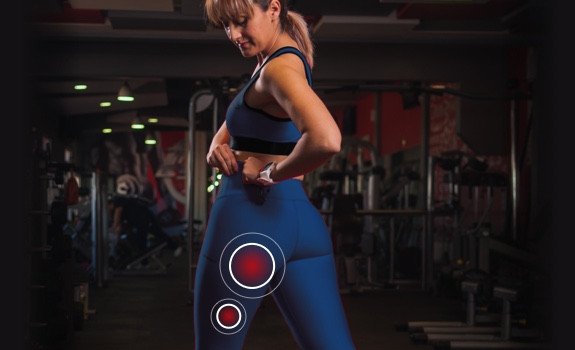
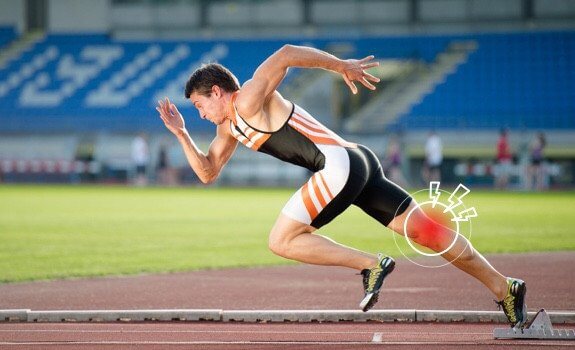
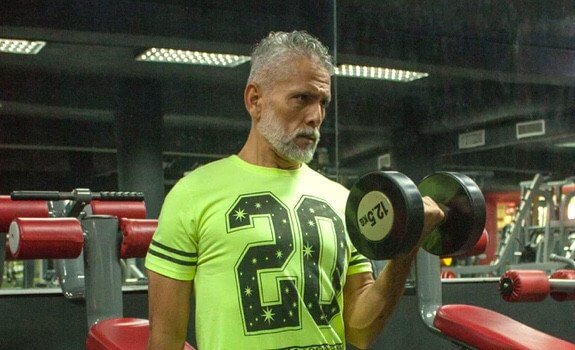
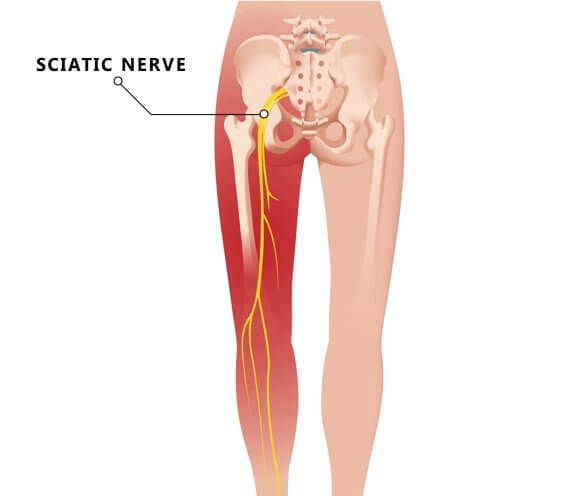
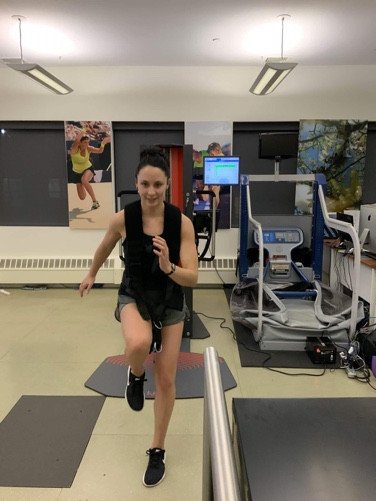
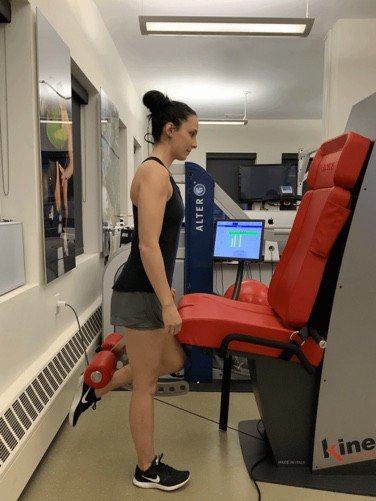

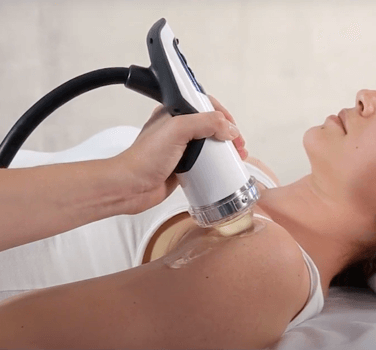
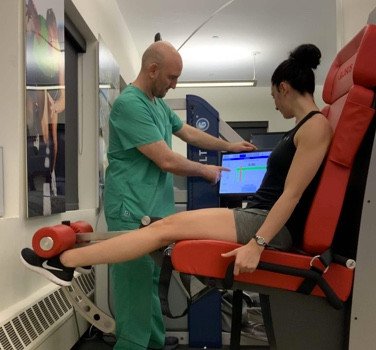
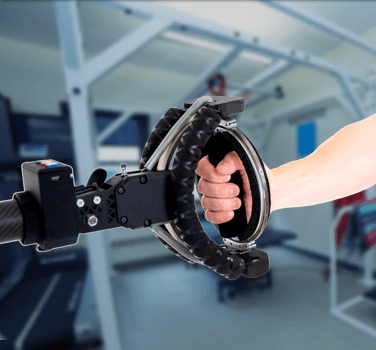
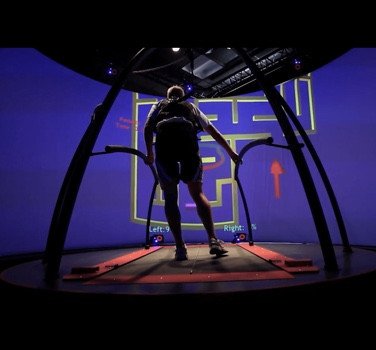
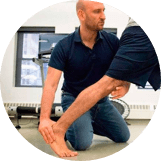
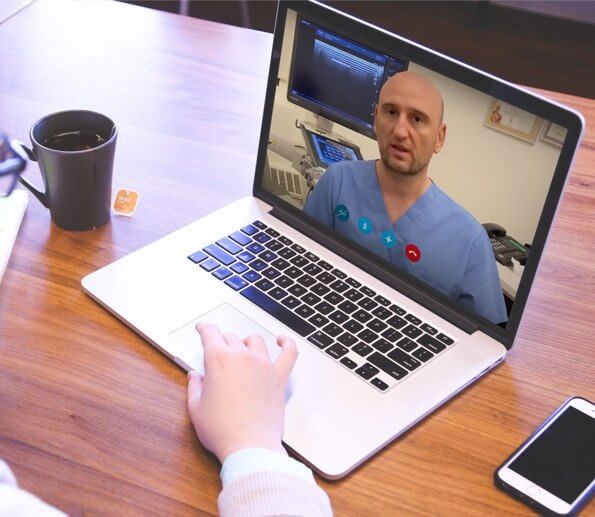
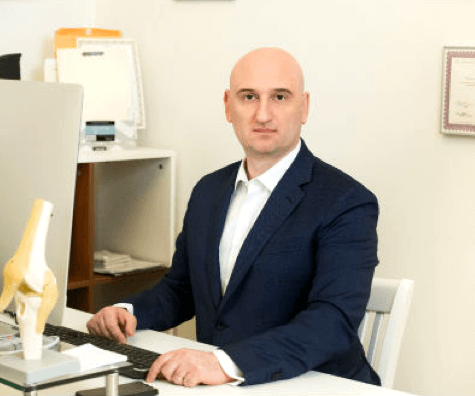
 Dr. Mikhail Bernshteyn
Dr. Mikhail Bernshteyn  Dr. Michael Goynatsky
Dr. Michael Goynatsky  Dr. Daniela Escudero
Dr. Daniela Escudero  Dr. Michelle Agyakwah
Dr. Michelle Agyakwah  Dr. Tatyana Kapustina
Dr. Tatyana Kapustina 



















































